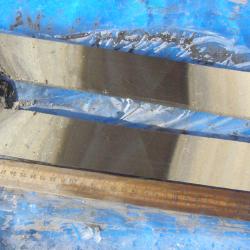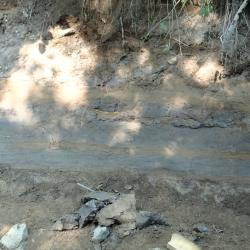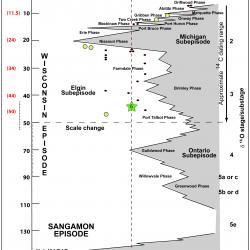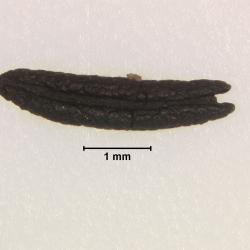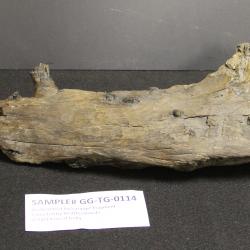Stratigraphy & Applications of Geochronology to decipher Late Quaternary Events in New York
As the glaciers advanced and retreated across New York State over multiple cycles in the last hundred thousand years, the ice sheets advanced over a previous rugged topography carved into bedrock by rivers and streams. Continental scale glaciers transported copious amounts of sediment and deposited them in locations such as stream valleys. Subsequent glaciations removed some of the sedimentary record left of the previous glaciations, but not all of it, and continued to fill in some low topography.
One of the biggest challenges to studying glacial geology in New York is the complex buried glacial deposits scientists can’t see. Some reports indicate that there is upwards of 1,000 feet of unconsolidated glacial deposits in some locations of New York State. Occasionally, quaternary geologists can get some insight into the thickness and character of glacial deposits (often referred to as drift) from water wells or geotechnical borings, but most often the buried sediment remains obscured from view.
As part of my research program with USGS STATEMAP & the Great Lakes Geological Mapping Coalition, we are utilizing three-dimensional exploration techniques to map and characterize the geologic framework and stratigraphy of buried glacial deposits. This is important because much of the aggregate resources and groundwater aquifers are located in glacial deposits. To explore the glacial stratigraphy, we are utilizing exploration drilling (see methods) and near-surface geophysics methods to map the glacial stratigraphy. We are also working to map and study exposures of glacial sediment. In some cases we can find soils and sediment, such as glacial tills, that were directly deposited from glaciers and provide direct evidence of glaciation.
Documenting the stratigraphy provides a context to understand the geologic history preserved in New York. In some instances interglacial (warm periods) deposits containing wood, plant, and animal remains are also preserved and buried in the subsurface. We can utilize geochronological methods, such as radiocarbon dating, to determine the age of deposits back to approximately 50,000 years ago. Recently, we have been utilizing other dating methods such as Optical Stimulated Luminescence (OSL) to date sediments beyond the limits of radiocarbon dating or for sediments that do not contain organic materials for dating. Our ongoing project in Great Gully has used geochronology and lithostratigraphic information to provide a unique basis for a chronostratigraphic record of glacial and non-glacial phases in the Finger Lakes spanning Marine Isotope Stages (MIS) 1-5 (last 90,000 years) and possibly beyond.
Drilling and Coring Methods
Our coring methods vary in scale and size depending on the research objectives. For coring bogs and lakes, we utilize a Livingstone corer to core laminated and organic sediments and have cored as deep as 15 meters by hand with this method. For other projects we may utilize vibracoring. Our predominant coring methods utilize Geoprobe to collect continuous cores shallower than 23 meters in depth. For deep sections of Quaternary age sediments (greater than 23 meters), we utilize continuous wire-line rotary coring and sonic drilling methods.
Related publications:
Kozlowski, A.L.; Graham, B.L. (Eds), June 2014, Glacial Geology of Cayuga County of the Eastern Finger Lakes: Lakes, Lore and Landforms; Guidebook for the 77th annual Reunion of the Northeastern Friends of the Pleistocene Meeting, Auburn , NY 140 pp.
Feranec, R. S., Franzi, D. A., and Kozlowski, A. L. 2014. A New Record of Ringed Seal (Pusa hispida) from the Late Pleistocene Champlain Sea and Comments on Its Age and Paleoenvironment. Journal of Vertebrate Paleontology 34(1):230-235.
Feranec, R. S., and Kozlowski, A. L. 2012. New AMS Radiocarbon Dates from Late Pleistocene Mastodons and Mammoths in New York State, USA. Radiocarbon 54:275-279.
Feranec, R. S., and Kozlowski, A. L. 2010. AMS Radiocarbon Dates from Pleistocene and Holocene Mammals Housed in the New York State Museum, Albany, New York, USA. Radiocarbon 52(1):205-208.


